Welcome to “Path to Your Dreams,” the blog series about fascinating and inspirational stories for young pilots trying to figure out their career path. We have talked with an eclectic group of pilots from various walks of life in aviation, to learn about how they followed their dreams in aviation. Enjoy this first of many stories!

The pilot: Kevin Thornton, air traffic controller based out of Chicago, Illinois; pilot, Cessna 310 owner, and host of the 310 Pilot YouTube channel.
The dream: To become an air traffic controller.
The path: Kevin’s passion led him to flying, and from there to air traffic control. He is a 3rd-generation pilot: his dad was an army helicopter pilot who also owned a Cessna Skyhawk. By age 19, while attending University of Georgia, Kevin got his commercial, multi, and instrument ratings and was a certified flight instructor. He transferred to a school nearer Atlanta and got a job at the Peachtree City Falcon Field Airport, working first as a flight instructor then doing aerial mapping, flying a Cessna 401 Twin. He was working hard to build up the 1200 hours of multi-engine time needed to become a commercial airline pilot.
But, as it happened, Peachtree City is also where the Atlanta Terminal Radar Approach Control (TRACON) facility is located, and Kevin got to know several of the air traffic controllers who had planes at Falcon Field. As he chatted with them about the work of air traffic control, the pay, and benefits, he became interested. “Being an instrument-rated pilot, I know the pilot side of what ATC does. I had had one emergency in a Piper Lance where the carbon monoxide detectors all turned black. It was low IFR, and this was before ForeFlight. The approach plates were stowed in the back and not handy, so the air traffic controller talked me down onto the approach. I shot an NDB approach, broke out, and landed safely. So, I had good admiration for air traffic control.”
“[Air traffic control] is kind of like playing a video game, but with a lot of lives at stake. And you get to bring all those flights home safe.”
Kevin was interested, but there were few paths to ATC careers at that time except for military experience. Then, just as Kevin was interviewing to be a jet pilot, 9/11 happened, commercial air travel plummeted, and airlines cancelled hiring. So, Kevin decided to pursue air traffic control as a career instead and, after talking to his ATC contacts in Atlanta, he enlisted in the Air Force. Four years and one tour in Iraq later, he mustered out with the skills and experience to be hired by the FAA.
These days, Kevin is based out of Chicago. He has worked all the tower ATC functions: controlling take-off and landing clearances and aircraft taxiing on the ground. But these days he mainly works TRACON, vectoring aircraft for approach. We asked him about ATC’s reputation as a high-stress job, and he offered an interesting insight: “Most people get into ATC because they’re passionate about it, and I don’t think the job carries long-term stress. The FAA wants to keep you fresh, so it’s less than 2 hours between breaks. When you’re on position, you get in a state of flow managing standard operating procedures, letters of agreement with surrounding flight facilities, etc. In many other challenging professional fields, people are always ‘on.’ You’re working all the time, taking calls, answering texts and emails, doing rush jobs. In ATC, you do your job and when you’re off, you’re off. How many other well-paid professional jobs can offer that?” Having off-work time enables Kevin and his wife Jamie to spend time flying their 310, having adventures with their kids, and creating content for their YouTube channel.

His favorite things about the job? “There’s great pay and benefits, and it’s rewarding. When you’re on, the work is highly structured, but the details and conditions can change fast, so you’re focused. You have a satisfying end product: bringing all those flights home safe. But you don’t have to take work home, and you don’t have to be on the road. You stay in your community and sleep in your own bed, yet you can also get re-certified to live and work anywhere in the country, so there is flexibility. Plus, I love aviation, and this is a great way to be a part of it.
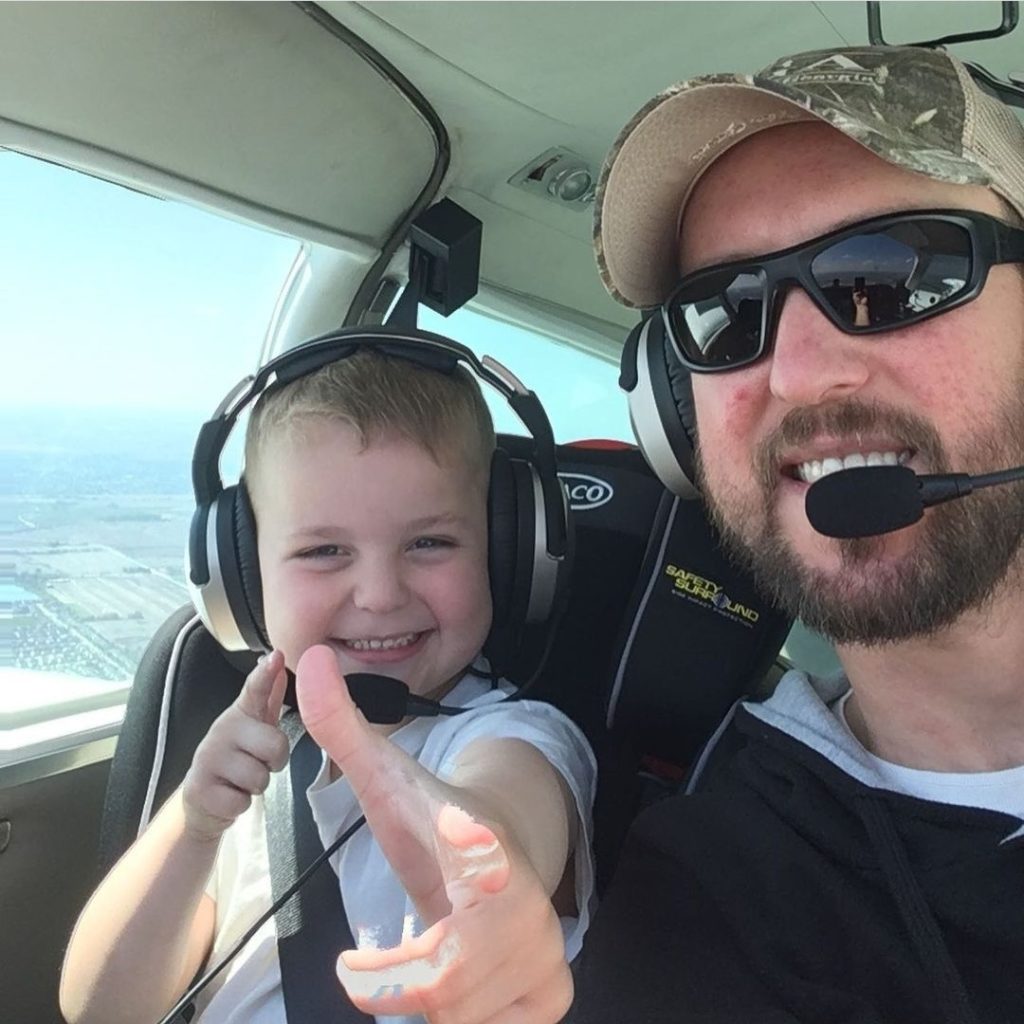
Advice for other dreamers: “It’s a great career, and there is a shortage of air traffic controllers throughout the country. But people don’t really know what controllers do, so find out. The more you know about the big picture, the easier it is to do your job. Air traffic control is kind of like playing a video game, but with a lot of lives at stake. You get all types of people in ATC. If I had to sum up, it helps to be a little bit type A, and confident but not cocky. You have to want a high-paced career, and you’ll have to learn the regulations inside and out. Also, planes are flying 24x7x365, so you will sometimes have shifts on evenings and weekends.”
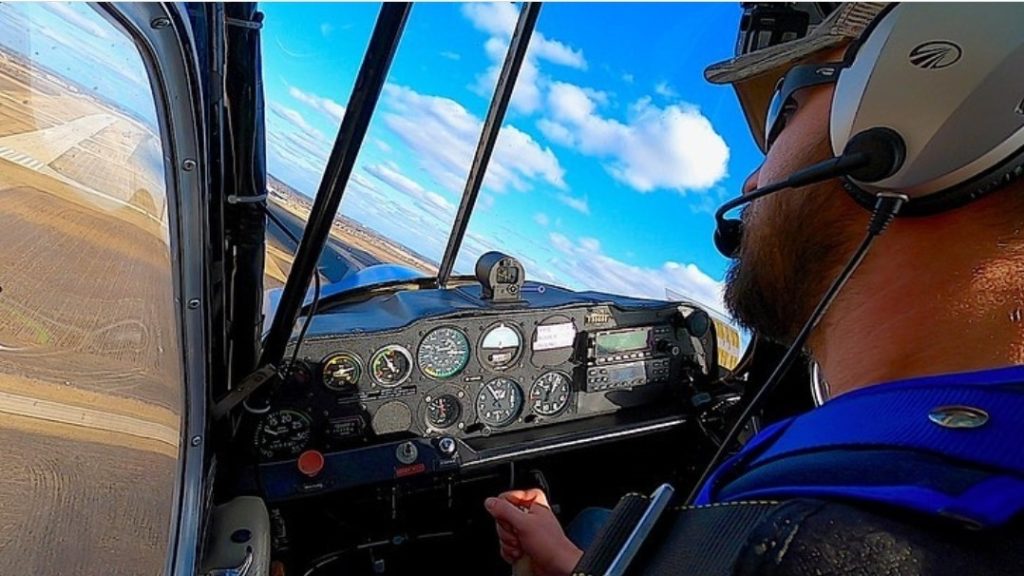
There are more ways to get into air traffic control today than when Kevin started. Several colleges and universities participate in the Air Traffic-Collegiate Training Initiative (AT-CTI) Partnership Program with the FAA. Graduates of AT-CTI programs have broad-based aviation degrees that include air traffic curricula, and they are qualified to apply for air traffic controller positions. The other path is through military service. Kevin recommends the military for those who qualify because, instead of paying tuition, you’re paid to learn, the FAA likes to hire veterans for ATC positions because they have experience, and, of course, “it’s an opportunity to serve your country.”
Whichever path you choose, Kevin recommends a career in ATC. “It’s satisfying, it’s challenging, and there’s job security. We’re going to need air traffic controllers for a long time to come.”
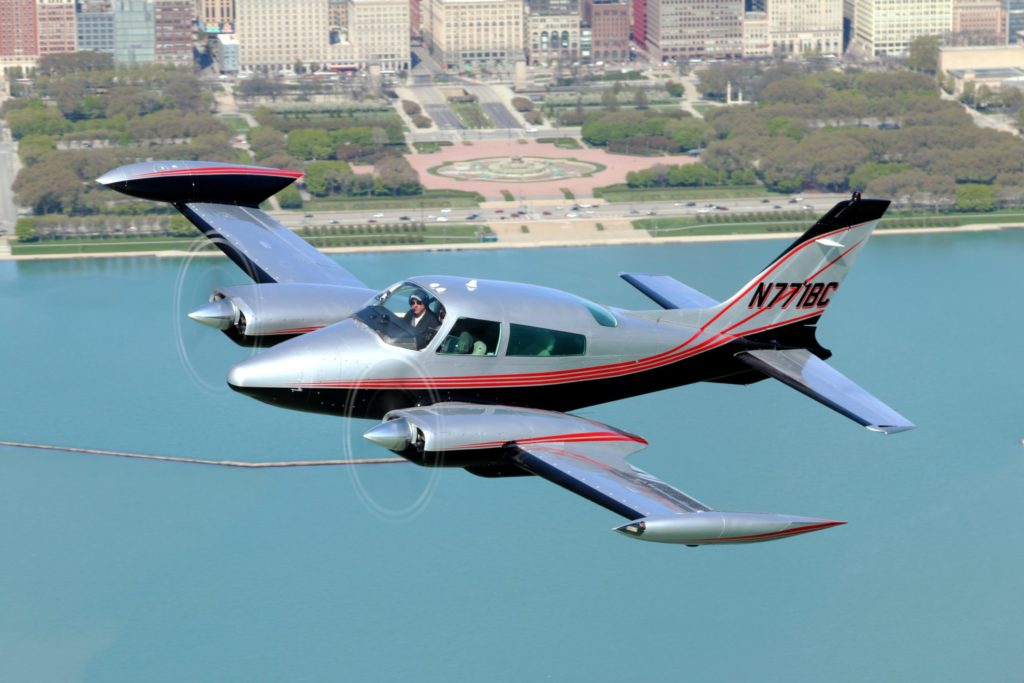

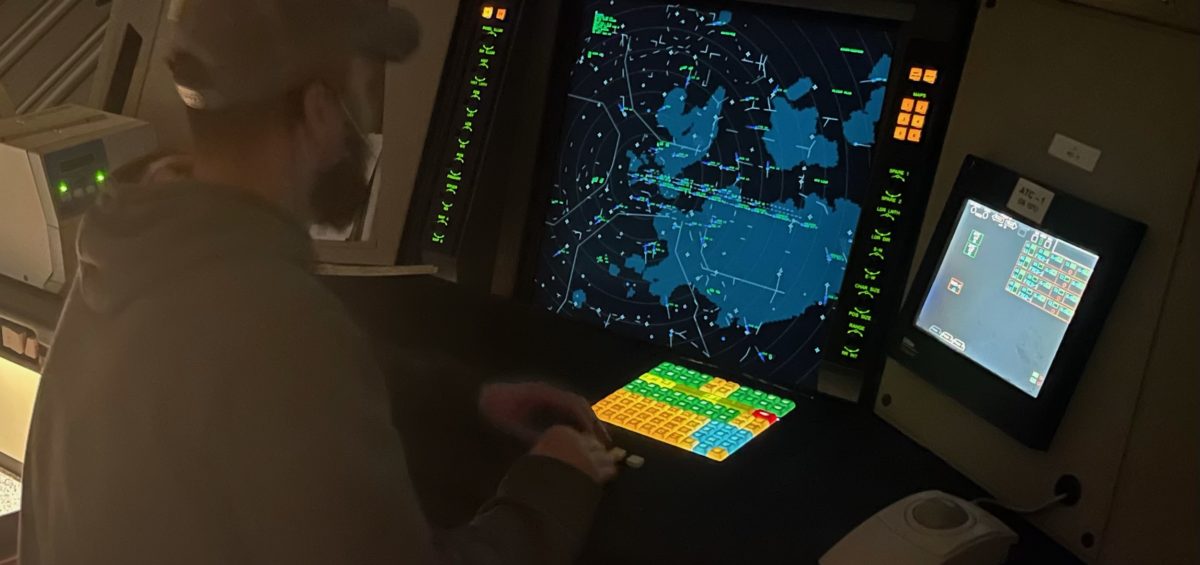



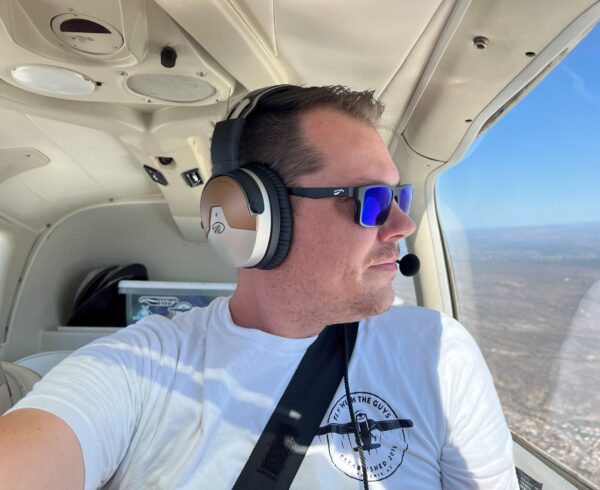









Leave a Comment